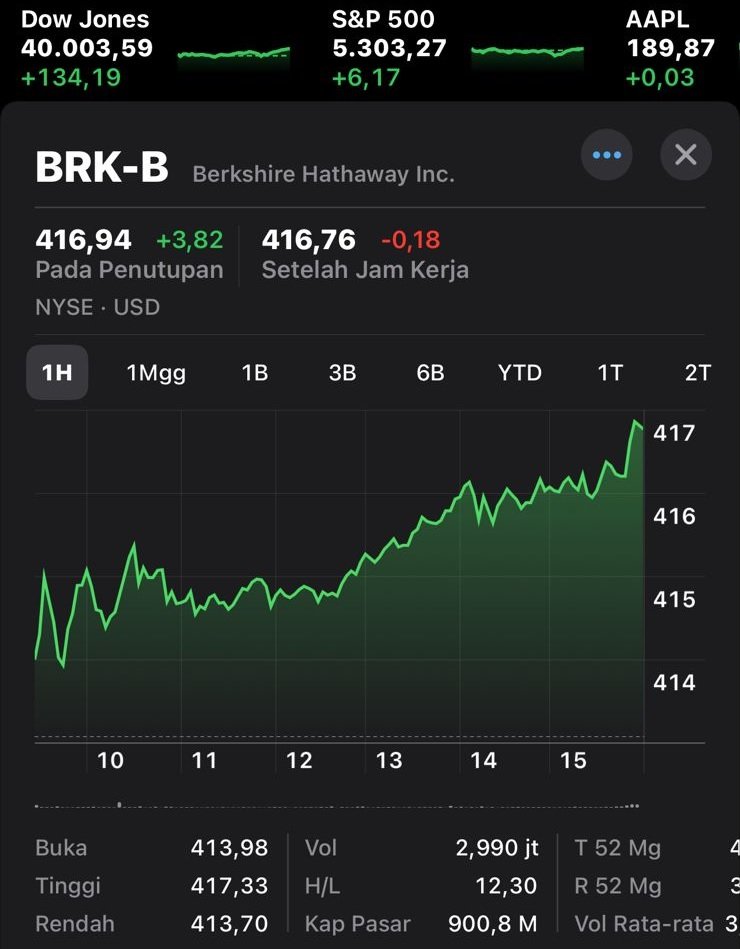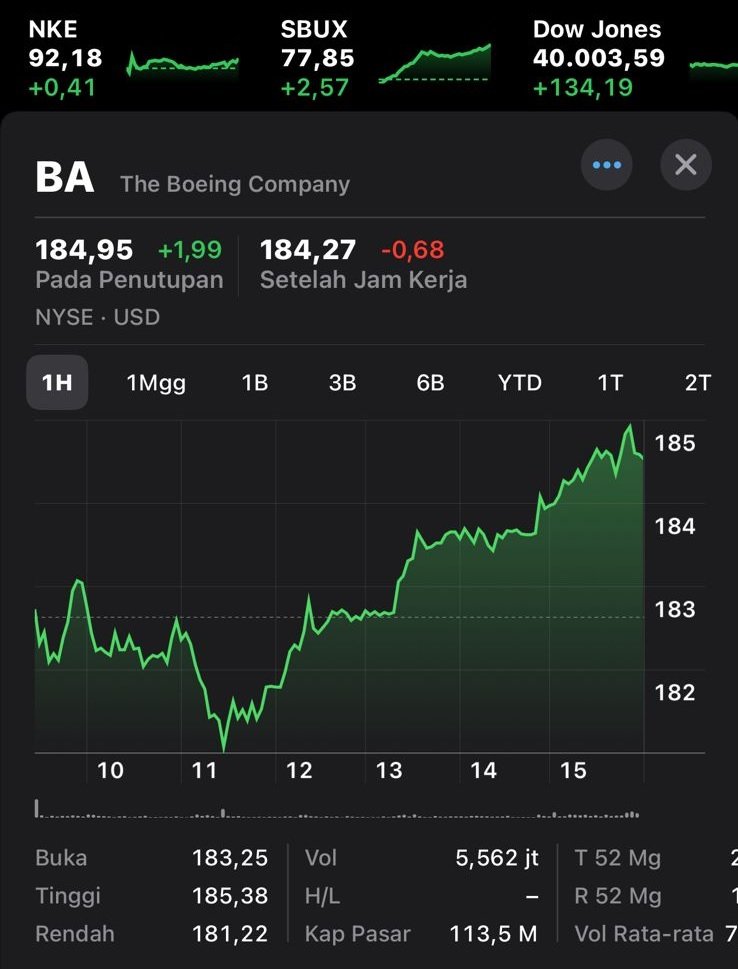Evolutionary economics is an approach in economics that adopts concepts and methods from the theory of biological evolution to understand and explain economic behavior and the development of economic systems. This approach emphasizes the role of evolution and natural selection in shaping institutions, organizations, and economic behavior.
Under the framework of evolutionary economics, the economy is viewed as a complex system that continually evolves and adapts to changing environmental and economic conditions. Similar to the way organisms in biological evolutionary theory evolve in response to selection pressures, economic behavior and economic structure change over time to meet existing challenges and opportunities.
Key concepts in evolutionary economics
Institutional Evolution
Institutions, such as the rules and norms that govern economic interactions, are considered the result of social evolution that influence economic behavior and outcomes. These institutions can change over time through a process of social natural selection, where institutions that successfully survive and adapt tend to dominate.
Organizational Evolution
Economic organizations, such as companies and financial institutions, are viewed as entities that evolve and adapt to survive and grow. Organizational structure, strategy, and adaptability are the focus of studies within an evolutionary economics framework.
Technology changes
Technology is considered a major factor in economic evolution. Technological change can trigger changes in economic structure, influence competitive dynamics, and shape overall economic progress.
Market Selection
In evolutionary economics, markets are considered a mechanism of natural selection that influences the survival and growth of economic entities. Market competition and selection pressures play an important role in the evolution and adaptation of economic entities.
An evolutionary economic approach provides a broader and more dynamic insight into economic systems, by recognizing the complexity, change and adaptation that occur in the economic context. It helps in understanding how institutions, organizations, and economic behavior develop over time and how interactions between these elements form complex economic structures.
How can evolutionary economics be applied in the context of today’s global economy?
The current global economy is characterized by accelerated technological change. The evolutionary economics approach views technology as a major factor in economic evolution. In this context, countries and economic organizations need to be able to adapt quickly to technological changes, both in terms of the use of new technology and in dealing with the impacts produced by technology. An evolutionary approach can help in understanding the process of adaptation and innovation in the face of rapid technological change. The global economy also involves complex interactions between countries, international institutions, and trade agreements. Within an evolutionary economics framework, these institutions are viewed as the result of social evolution that can change over time. In the current global economic context, where changing dynamics of international trade and cooperation are occurring, an evolutionary approach can help in understanding global institutional evolution and how these institutions adapt to changes in the global environment.
Multinational companies and global economic organizations operate in an ever-changing environment. In an evolutionary economics framework, these companies are viewed as entities that evolve and adapt. In the context of today’s global economy, where changes in supply chains, business strategies and international economic relations are occurring, an evolutionary approach allows a better understanding of how global companies adapt to these changes and optimize their performance. And the global economy is characterized by increasingly complex and dynamic competition between countries and economic organizations. The evolutionary economics approach views markets as mechanisms of natural selection that influence the evolution of economic entities. In this context, an evolutionary approach can help in understanding changes in global competitive patterns, how countries and economic organizations adapt to this competition, and how comparative advantage and competitive advantage develop over time.
The application of evolutionary economics to today’s global economy enables a more holistic, dynamic and adaptive understanding of the global economic system. By considering institutional evolution, adaptation to technological change, organizational evolution, and changing competitive patterns, this approach can provide valuable insights into the challenges and opportunities that exist in the global economy.
A clear example of institutional evolution in economics
Institutional evolution occurred in the organization and structure of financial systems in many countries. For example, following the 2008 global financial crisis, many countries experienced changes in financial sector regulation and supervision. New institutions, such as stronger financial regulatory bodies, and stricter rules for banking and other financial institutions, were introduced to reduce risks and protect the stability of the financial system. Institutional evolution is also visible in government policy. Countries often change their economic policies in response to social, economic, or political changes. For example, changes in trade policy approaches, fiscal policy, or foreign direct investment policy may reflect institutional evolution taking place over a period of time.
Then institutional evolution also occurred in the education and training systems in various countries. Changes in curricula, teaching methods, and educational approaches reflect adaptation to evolving economic needs. For example, with the emergence of digital technology and the need for new skills, several countries have experienced an evolution in STEM (Science, Technology, Engineering, and Mathematics) education to prepare a qualified workforce. Institutional evolution also occurs in legal systems in various countries. Changes in laws and regulations, judicial systems, and legal practices reflect adaptation to social, economic, and political changes. For example, legal reforms aimed at improving intellectual property rights protection, consumer protection, or law enforcement in the context of international trade can be considered institutional evolution.
Lastly In facing environmental and sustainability issues, many countries face pressure to change policies and regulations related to energy, greenhouse gas emissions, or environmental protection. Institutional evolution in this case includes the introduction of new policies, such as incentives for renewable energy, development of carbon markets, or strict regulation of industrial pollution.
These examples illustrate how institutional evolution occurs in various aspects of the economy. These institutional changes occur in response to changes in the economic, social and political environment, with the aim of achieving efficiency, stability, justice and other economic and social goals.












